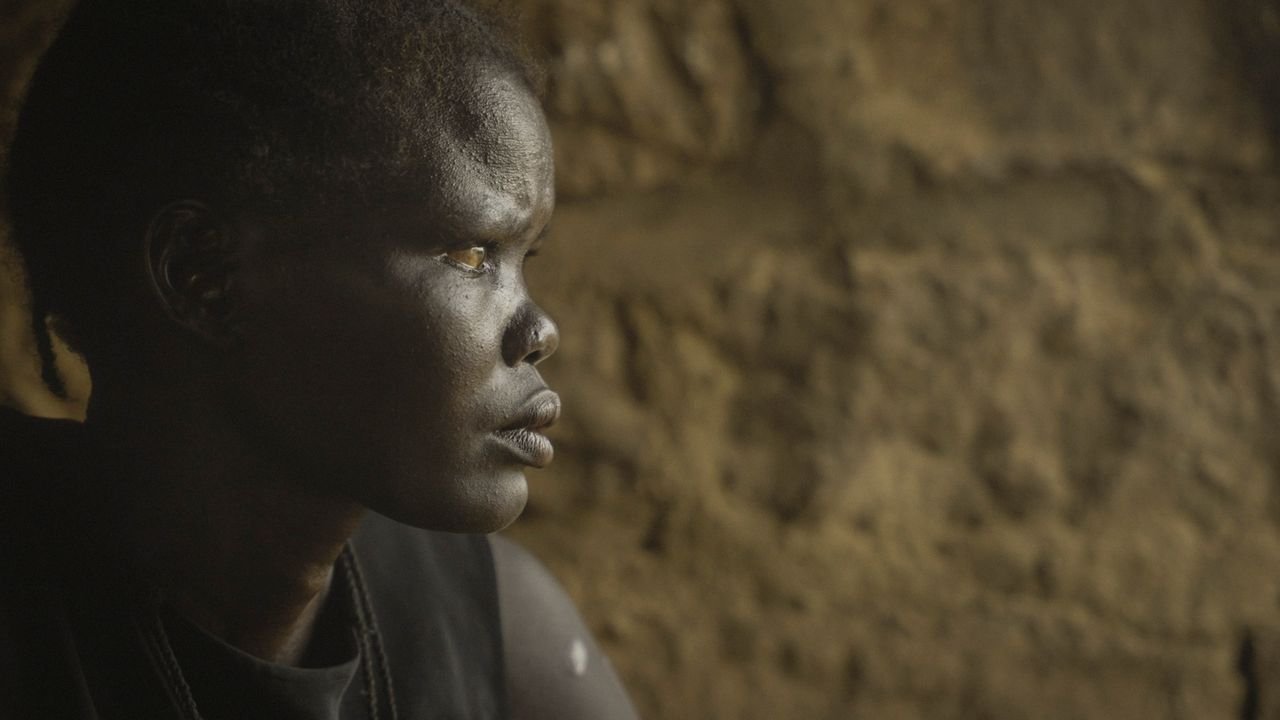The administration, for its part, has denied widespread harm, even as it has made it harder to measure the scale of the damage — halting data monitoring and firing inspectors general who might have documented it. This is common in cases of public man-made deaths. During Mao Zedong’s disastrous Great Leap Forward from 1958 to 1961, the Chinese government did not release any accurate mortality data. Observers abroad understood that a famine crisis was underway when China began importing grain, but the scale of the devastation was not known until the mid-nineteen-eighties, when the first reliable census allowed historians to calculate that twenty-three to thirty million people had died.
A full description of the fallout from the USAID shutdown will likely have to wait for the UN’s analysis of 2025 death data, which likely won’t emerge until 2027. But there are other ways to look at the scale of the damage. With a documentary team that includes both American and local journalists, I have been following what has happened in Kenyan communities where USAID was active – in an advanced-HIV ward in Nairobi, in primary health care centers where malaria declined sharply, in a refugee camp, and elsewhere.
We chose Kenya because I had worked a lot there during my tenure, and because it is on a familiar path of development. Like India, South Korea, and several Latin American countries that the US helped move from low-income recipients of aid to high-income trading partners, Kenya had fallen to the bottom rung of middle-income status. The country has achieved dramatic leaps in health-system capacity and life expectancy thanks to a combination of projects. USAID supplied medicine, food, and staff to some of the most desperate and vulnerable people, while providing technical assistance and investment to accelerate the country’s expertise in needs ranging from HIV control to primary care.
I was particularly concerned about what would happen to childhood malnutrition programs, which have made extraordinary progress around the world during the past two decades. In place of a system that left vulnerable children waiting to reach remote hospital wards, often hours away, we had helped bring them to the front lines in the countries where they lived. A community health worker, carrying a tape measure and a scale, can detect danger early at home. A packet of peanut-paste therapeutic food can reverse starvation for the vast majority of severely malnourished children. Hospitals became backstops for complications and the most vulnerable cases, while communities worked to strengthen local food sources. The method was simple, consistent, and close at hand: measure the upper arm, check for swelling, provide supplemental nutrition, monitor for infection or deterioration, come back the next week.
The results were dramatic. The mortality rate from severe malnutrition, which was once twenty percent or more, dropped to below five percent. In Kenya, the death rate dropped to less than one percent in the communities we worked with, including refugee camps. The United States played a central role in the development and manufacture of formulations of therapeutic supplements. Then USAID helped UNICEFThe World Food Programme, local health systems and other actors are scaling up this approach around the world. Globally, mortality among children under five has fallen by more than half since 2000, largely due to advances in the treatment of malnutrition, which have saved more than one million lives in 2023 alone. Yet, most of the world’s malnourished children do not have access to these programs. But, instead of trying to close that gap, we are losing it and reversing the gains.
In Kakuma, a vast refugee camp near the South Sudan border, starting in the spring, our documentary team follows physicians and families inside the stabilization unit at Clinic 7, where the sickest children come. Due to the end of US support, World Food Program supplies were reduced to forty percent of minimum requirements, and cases of acute malnutrition increased. Two-thirds of the clinic’s community health workers were laid off, disrupting the early-detection system that had once saved most children before they needed acute care. Clinic 7 is where we met Rowina Naboe, who fled South Sudan with her family. In our short film, she tells what it was like to try to keep her terminally ill daughter Jane Sunday alive in a system that is broken.
There are valid criticisms of USAID that it sometimes promotes dependency. This may be ineffective. Much of this money went to international organizations rather than local organizations. And its history includes episodes in which aid was tilted to American military and political objectives – in Vietnam, Iraq, Afghanistan and elsewhere. Yet no other agency of the US government has saved more lives per dollar. This helped billions of people get out of poverty. And it showed how results for all of humanity, including Americans, can be delivered through cooperation rather than coercion.
The destruction of USAID does nothing to improve this work. Instead, we have public man-made death. And the brutality and lethality will only increase if the administration extends its rollback of public-health progress to the homeland. We cannot ignore those affected – healthcare workers like Clinic 7, families like Rowina Naboe. And we cannot let the consequences go unaccounted for.
